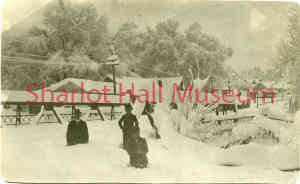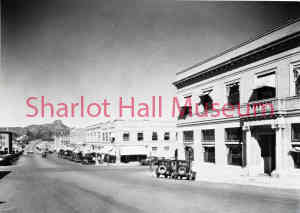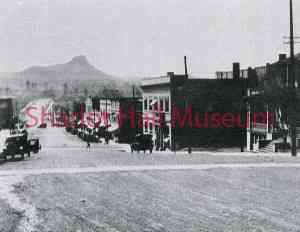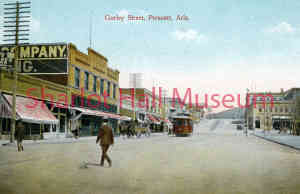4X38X8
-
1090-0101-0000 Gurley Street Bridge in Winter Streets, Roads & Highways
-
1090-0102-0004
Gurley Street Looking West
Streets, Roads & Highways -
1090-0102-0005
Gurley Street Looking West
Streets, Roads & Highways -
1090-0102-0006
Gurley Street Looking West
Streets, Roads & Highways -
1090-0103-0000 Gurley and Cortez Streets Streets, Roads & Highways
-
1090-0104-0000 Gurley Street Streets, Roads & Highways
-
1090-0105-0001 Gurley Street Streets, Roads & Highways
-
1090-0105-0002 Gurley Street Streets, Roads & Highways
-
1090-0106-0000 Gurley Street Streets, Roads & Highways
-
1090-0107-0001 Gurley Steet Streets, Roads & Highways
-
1090-0107-0002
Gurley Street
Streets, Roads & Highways -
1090-0107-0003 Gurley Street Streets, Roads & Highways















